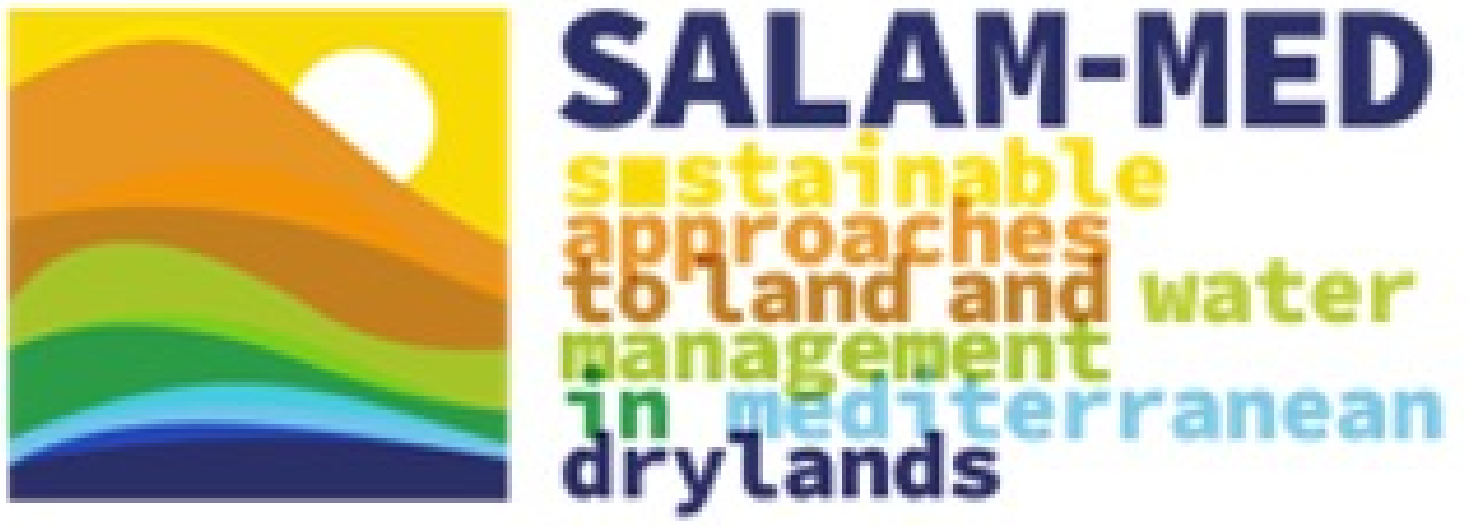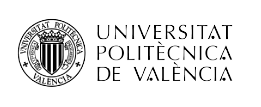Technology
Adaptive vegetation management tool (CAFE)
About
Not the use of the technology but the results application, the AVM. Some times it is not well received by society the fact that tree density has to be reduced.
Index
Workers needed: technical competencies needed, highly skilled workers are needed to make the technological solution work
Index 2
Ease of use: a long period of learning is required to use the technological solution
Index 3
Adaptability: it will not require too much time to be applied
Index 4
Effectiveness: The solution address the challenge / problem
Index 5
Reliability: The innovation is stable enough that no further changes need to be made in the future
Index 6
Cost: Perceived investment needed for the implementation of the innovation is high
Index 7
Greenhouse emissions: impact of technology on greenhouse emissions
Index 8
Water availability: the impact of technology on water availability
Index 9
Biomass production, wood production, turism and hunting.
CAFE must be applied by a technician and not by any “random” person. In this sense, the technical competences in modeling and GIS is limited and it would need to be increased. Likewise, an effort in environmental and forestry education should be carried out in the area in order to increase the acceptance not just of the technology but also the solution.
Most stakeholders have enough background information to adopt this solution, the public forest owners (vilages and regional government) have enough information and technicians to develop AVM. However, its design using CAFE tool could optimize the process and increase the spatial and temporal ressolution. To use this technology the stakeholders will need at least 1 week training.
Indicators
Chart not available on mobile
Living Labs for testing and implementing this technology
Living Labs as a crossroads for the development of sustainable and resilient technologies for environmental, economic and social progress.
Italy
Spain
Tech Responsible contacts
Antonio del Campo
ancamga@upv.es
References
Lorem ipsum dolor sit amet, consec tetur adipiscing elit, sed do eiusmod
Lorem ipsum dolor sit amet, consec tetur adipiscing elit, sed do eiusmod
Lorem ipsum dolor sit amet
Lorem ipsum dolor sit amet, consec tetur adipiscing elit, sed do eiusmod

![[Cafe]_ECO-Hydrological Simulation](https://www.salammedplatform.staging.wordpress.abidevops.website/wp-content/uploads/2023/09/Cafe_ECO-Hydrological-Simulation.png)
![[Cafe]_DSS_details](https://www.salammedplatform.staging.wordpress.abidevops.website/wp-content/uploads/2023/09/Cafe_DSS_details.png)
![[Cafe]_DSS_details2](https://www.salammedplatform.staging.wordpress.abidevops.website/wp-content/uploads/2023/09/Cafe_DSS_details2.jpg)
![[Cafe]_Output map](https://www.salammedplatform.staging.wordpress.abidevops.website/wp-content/uploads/2023/09/Cafe_Output-map.png)
![[Cafe]_logo](https://www.salammedplatform.staging.wordpress.abidevops.website/wp-content/uploads/2023/09/Cafe_logo.png)
